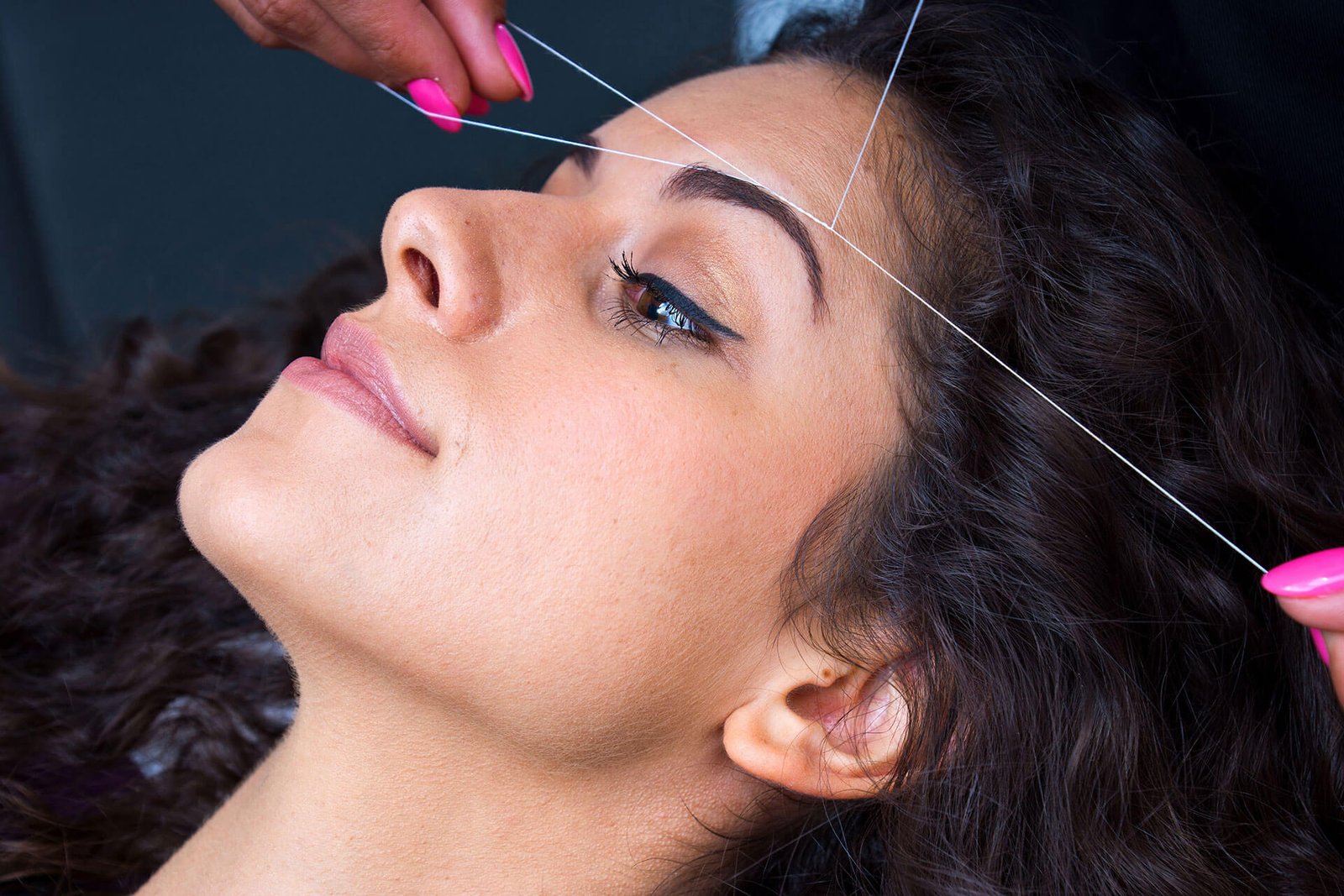Cultural Heritage of Threading Eyebrows: A Classic Custom
Eyebrow threading is a grooming method that has transcended generations, intertwining cultural significance with the art of personal grooming. Originating from South Asia and the Middle East, this age-old method makes use of a simple thread to shape and define the eyebrows, providing a clean and precise look. As we explore the intricacies of eyebrow threading, we discover a rich heritage that not just celebrates the skill of the practitioner but also highlights the values and traditions of the communities from which it hails.
In recent years, eyebrow threading has gained immense popularity across various cultures, becoming a go-to choice for those seeking a meticulous and long-lasting method of depilation. Beyond its visual allure, threading embodies the essence of heritage and craftsmanship, often handed down through generations. It serves as a token of the beauty practices that link us to our roots, making it much more than just a method of grooming; it is a honoring of cultural expression and selfhood.
Chronicles of Eyebrow Threading
Threading eyebrows has historic roots that reach back millions of years. This hair removal technique is thought to have originated in the Indian subcontinent, where it was practiced by local women as a means of grooming and improving their natural beauty. Threading was not merely a beauty procedure; it was also steeped in cultural significance, symbolizing femininity and social status within various communities.
As the practice expanded beyond India, it found its way into Middle Eastern countries, where it evolved and became a traditional beauty ritual among women. In these regions, threading was often carried out in gatherings, showcasing the communal aspect of the art. It was not just a personal grooming technique but also a social activity that brought women together, allowing them to share tips and experiences about beauty and self-care.
In the last few decades, eyebrow threading has gained immense popularity worldwide, particularly in North American and European countries. With the rise of global travel and cross-cultural interactions, this ancient practice has been welcomed by various cultures, transcending its regional origins. Today, threading salons can be found in many urban areas, where clients value this precise and natural method of shaping their eyebrows, further reinforcing its status as a timeless beauty tradition.
Methods and Instruments
Eyebrow threading is an intricate method that relies on a basic yet efficient method of hair removal. jyotisalon utilizes a slim, spiraled cotton thread that is glided along the skin's exterior to catch and extract unwanted hair from the follicle. The expertise of the practitioner is vital; they must create a coil in the thread and utilize controlled actions to pull the hair out with precision. This approach allows for a clear shape and is widely embraced for defining neat and precise eyebrow lines.
The main tool necessary for eyebrow threading is, of course, the thread itself. Conventionally, a high-quality cotton thread is used, as it delivers the best grip and control. Practitioners often choose using a thread that has been untreated and undyed, as this reduces irritation and reactions on the sensitive skin of the brow area. Some professionals may also employ prepared threads for convenience, ensuring they have the right length for efficient threading.
In addition to the thread, many practitioners use other tools to enhance the threading process. Some may employ a small pair of scissors for snipping excess hair, while others depend on tools like brow brushes or combs to shape the eyebrows before and after the procedure. Additionally, gentle lotions or oils might be applied post-threading to soothe the skin, showcasing the practitioner's dedication to both accuracy and client comfort.
Cultural Importance and Modern Developments
Eyebrow design is a grooming method with profound historical heritage, primarily coming from the Indian subcontinent and the Arab world. This technique has been utilized for a long time, often handed down through generations as a form of craft. In various cultures, well-groomed brows have been viewed a symbol of beauty, femininity, and economic standing. The accuracy that comes with this technique is highly valued, as it allows for the creation of ideally sculpted eyebrows that enhance the intrinsic contours of the face.

In the last few times, eyebrow threading has experienced a renewal in popularity, especially in Westernized countries, where it is admired for its natural methodology compared to other hair removal methods like waxing. Many contemporary beauty salons are now offering threading treatments, appealing to a diverse clientele seeking an effective and safer way to maintain their brow shape. This trend has not only introduced the method to a larger public but has also stimulated a mix of traditional methods with contemporary aesthetic standards.
As threading becomes more popular, it has adapted to meet different tastes and aesthetics. While some technicians adhere strictly to classic methods, others have included contemporary techniques and practices, such as the use of sanitary threading materials and modern salon settings. This evolution reflects a respect for cultural traditions while adopting the standards of today's beauty, permitting the practice to remain significant in the fast-paced fast-paced world.